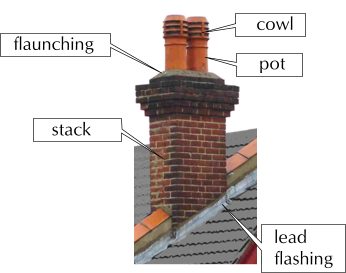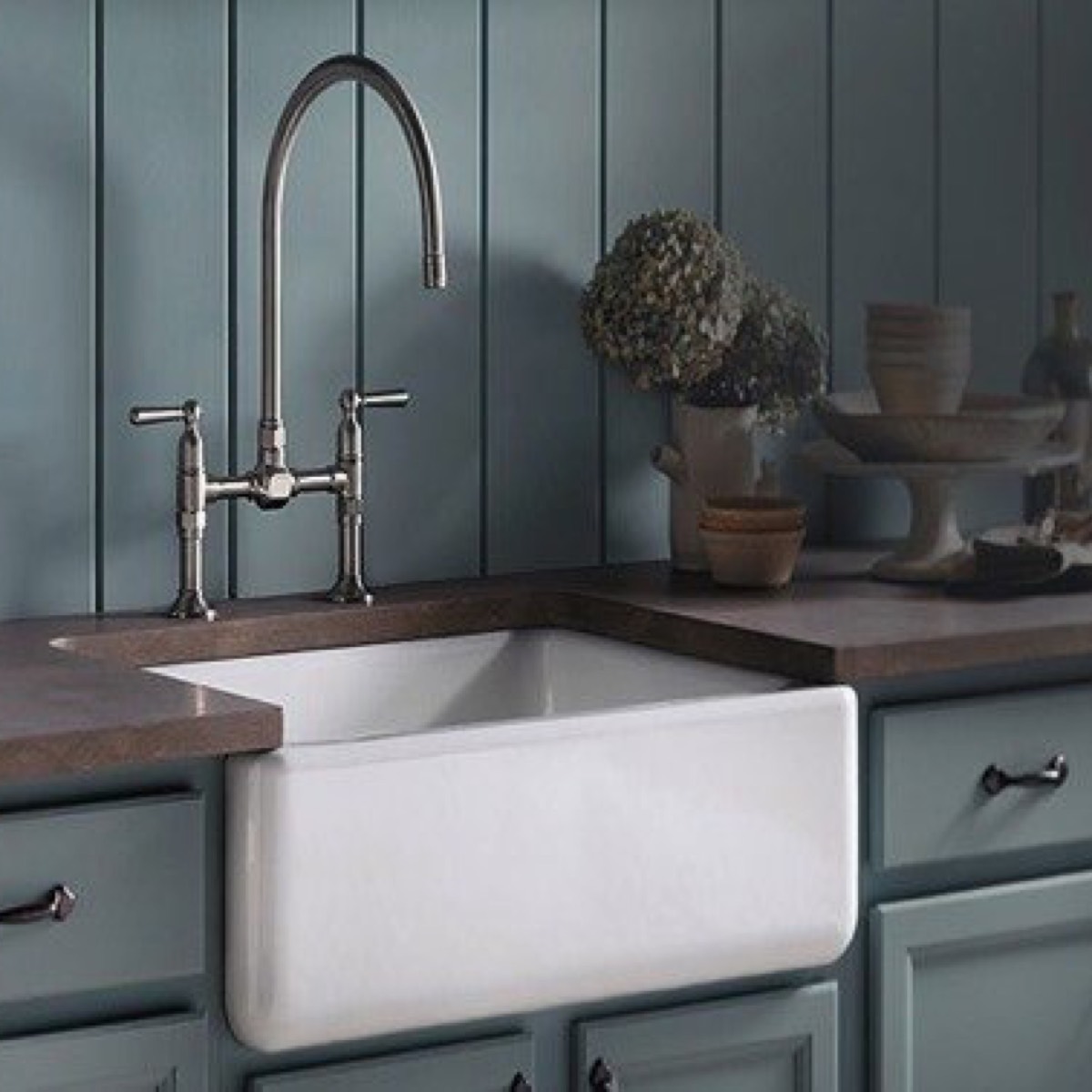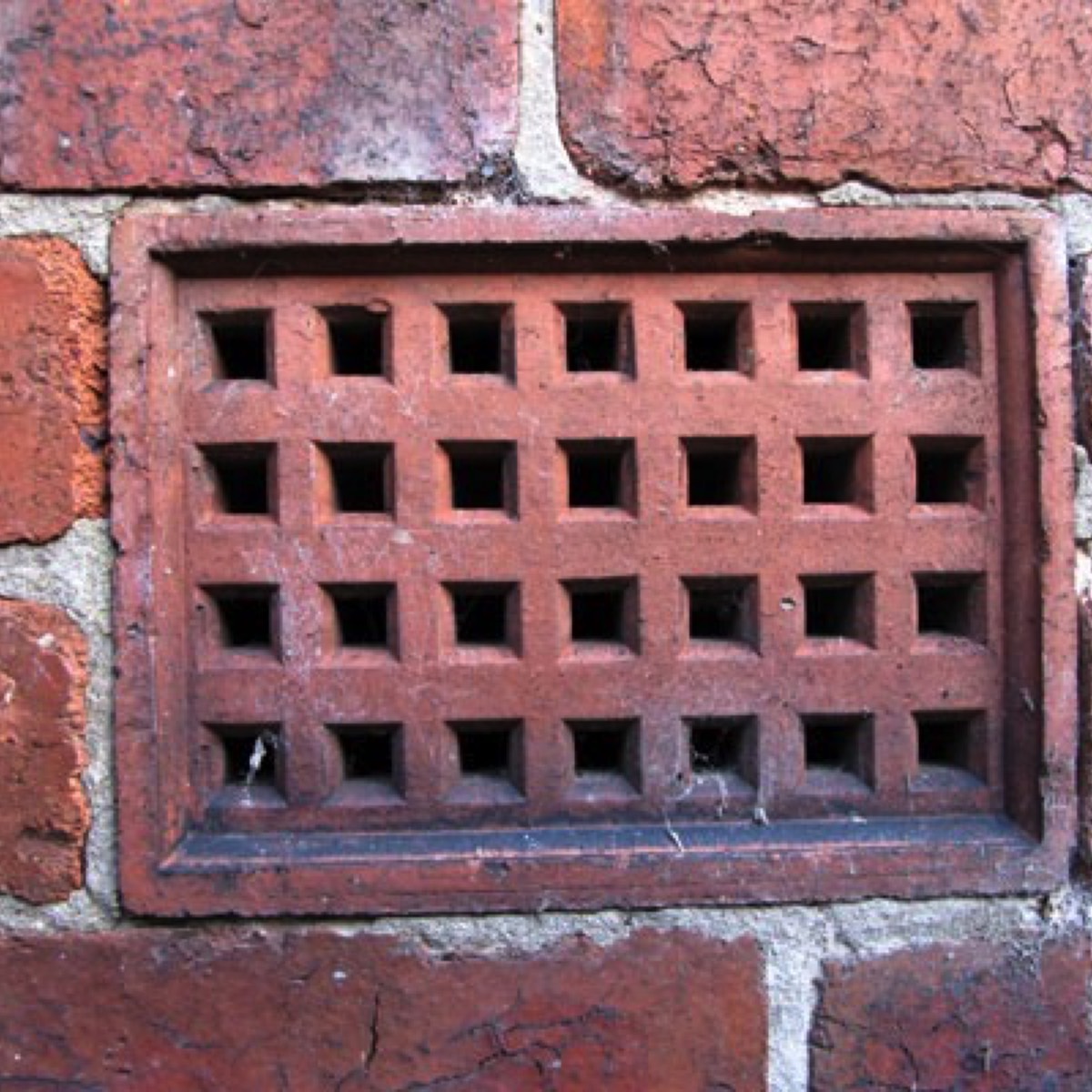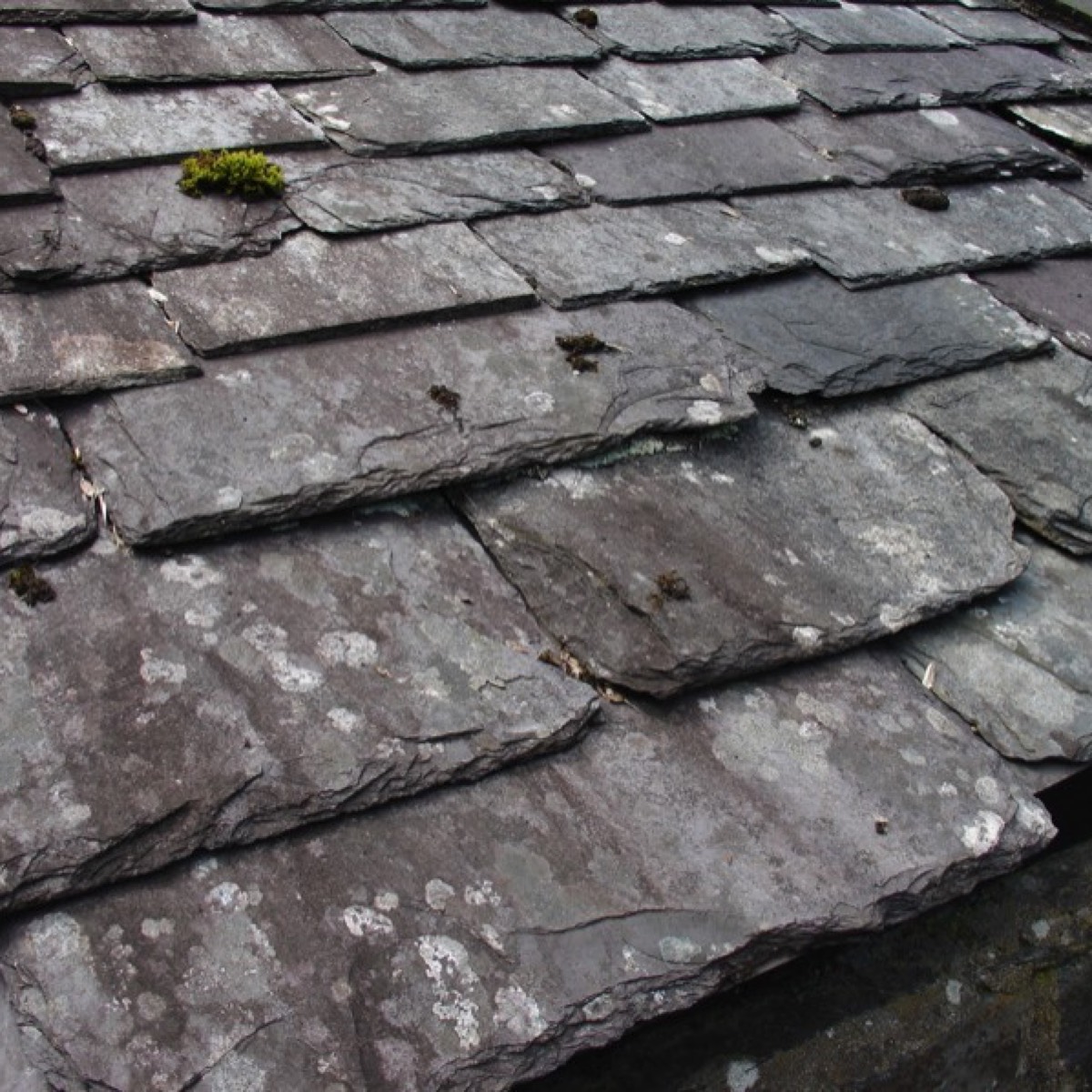A Stack of Information on Chimneys

Chimneys need to be kept in better order than other brickwork because they can fall down and they are heavy and they never fall anywhere but onto the roof and always at night and always right over your bed and that seriously ruins an otherwise good nights kip!
If you live in a “Victorian” street, take a look at some of the stacks.
Taller than usual aren’t they? I bet there are one or two leaning as well and I bet that lean is towards the roof.
Older chimneys were generally built with weaker mortar than those on modern or even 1930’s houses. Wind action is constantly whipping this away, if your chimney is leaning just a little bit or you can see it needs pointing, get it done.
It will never be cheaper than now.
In 10 more years, it will be leaning a lot and a rebuild will obviously cost a lot more.
There are a few considerations when repointing that are even more relevant when rebuilding or removing……….
Scaffolding will be necessary, and it will have to lay on the roof .
This will break some of the tiles/slates. Some tiles particularly, are difficult to find nowadays, especially if you would like to fit second hand ones, which blend in better. This is particularly relevant with chimney removal, when a couple of square metres of tiles/slates may be necessary.
Who will remove any aerial and where will it be fixed during the work (you don’t want to miss Newsnight do you)!
Most importantly, who will refix it….the builder, or someone who knows what he’s doing.
If repointing, make sure the builder knows that you know that the old mortar needs to be raked out to a depth of 15mm. He won’t do this of course but at least he might make an effort to, particularly on the really visible faces.
Also make sure you know what type of pointing is necessary. “Bucket handle” will do for a sixties house but looks rubbish on a Victorian one.
If your chimney is shared with the neighbouring house, (called a party chimney; just look for the balloons), will you try and persuade them to join in the fun or are you just going to repoint your side? That will mean talking to them of course. If it’s just your side, make sure the builder and particularly the scaffolder, are told to keep off the neighbours' roof.
If the chimney is being rebuilt, where will the builder stop his demolition? (He has to knock it down before he can rebuild it doesn’t he)? If the whole stack is to come down, as opposed to just the fancy bit at the top (in the case of a Victorian chimney say), the demolition usually stops one or 2 courses above the existing flashings, providing they are sound.
If it’s just the top few courses of “corbelling” brickwork (that’s the correct name for the fancy bit at the top), that are being rebuilt, make sure you both know just how much is being demolished and make sure he sticks to the plan!
When rebuilding, it is vital that the new stack is rebuilt as tall as the old one was. Chimneys are the height they are for a reason. That was far better understood in “the olden days” when they were used seriously. Even if you don’t intend to light a fire now, in 20 years time when you can’t afford the gas bills anymore, you will be burning the fences and floorboards to keep warm at night.
If the flashings are being removed, make sure he fits new lead ones. Don’t let him return the old stuff and don’t accept anything but lead. Also, is he going to try and fit them, or is he getting a proper roofer in?
Make sure he temporarily “blocks up” each of the fireplaces served by the chimney. Even if he is only pointing it, lots of soot and “bits” will come rattling down, ricochet into the room and give you an apoplectic fit. If a brick comes down it will kill the cat!
What about the old chimney pots?
Fancy ones are worth a bit you know, make sure he doesn’t scarper with them. He won’t touch them if he’s only pointing but if they are being removed, prepare for them to break. If they do, will they be replaced with new or second-hand ones and how fancy will those be?
The pots are kept in place with lots of mortar, this is called flaunching. Get him to waterproof this, it will cost a fraction more but the rain wont penetrate and that is a “good thing”.
Questions to ask the roofer during his quotation visit.
You should also read the article entitled "How to Deal with Builders"
You will remember to block up the fireplaces in the house won’t you?
Enough said.
What sort of replacement tiles / slates will you use?
This can be a problem, new ones on an old roof look horrid, particularly if they are all in one place if a chimney is removed. There are second hand yards around. Maybe you should visit a few and look for “matching” replacements. You will care more than him.
Will you re fit the aerial?
This takes 3 people, one at the telly one in the street one at the aerial all bellowing at each other until the pictures right. What if you aren’t in when he’s ready to do this?
What type of pointing will you be doing?
Make sure it suites the age of the house.
Where do you expect to stop demolishing?
If it’s a (partial) demolition and rebuild, make sure you both agree the brick course he is taking the stack down to. Make sure his quote sates the same place and make sure he sticks to it.
Will it look the same when it’s finished?
When he re builds, how will he remember the original design and height and recreate it? Maybe photos should be taken. Can he re use all the old bricks or does he have “matching” replacements.
What about the chimney pots?
The old ones may break. Can he get matching second hand ones or will new ones be OK.
Your old pots will look great in his garden, make sure he doesn’t nick yours and make you pay for new ones!
Are the existing flashings OK?
You’re spending all this cash. Make sure that new lead flashings are fitted if there is the slightest doubt about the existing ones. Can he do this? I've never met a brickie who could!
FAQs 'traffic light' guide
-
What's easy about this job…
Open or CloseOnce the scaffolding is up, it's a nice job.
For all job costs click on the appropriate section below:
www.buildingsheriff.com
Copyright The Building Sheriff Ltd 2017


